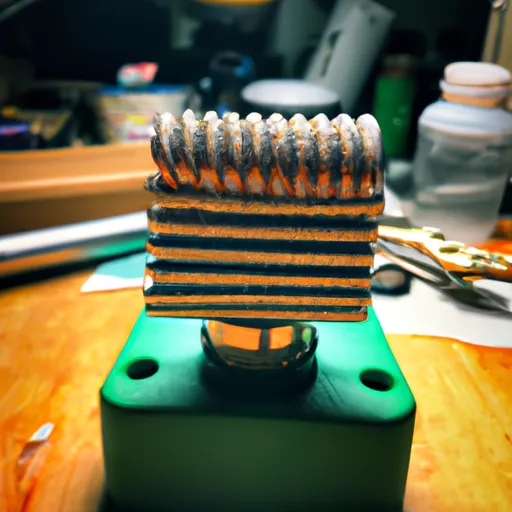Vape coil building Philippines

Vaping has become increasingly popular in the Philippines over the past few years. With its ability to provide a smoke-free alternative to traditional cigarettes, many individuals have turned to vaping as a way to satisfy their nicotine cravings. However, there is more to vaping than just the device itself. The coil is a vital component that greatly affects the overall vaping experience. In this article, I will be discussing the growth of vape coil building in the Philippines and how it has greatly impacted the local vaping community.
Coils are essentially small pieces of wire that are wound into a coil shape and then placed inside the vape’s atomizer. When heated, the coil vaporizes the e-liquid, producing the vapor that is inhaled by the user. The type of coil used can greatly affect the taste, vapor production, and overall performance of the vape. Therefore, many vapers have turned to building their own coils to achieve a personalized vaping experience. This is where vape coil building in the Philippines comes in.
It was not until the early 2000s when the first vape shop was established in the Philippines. Since then, the local vaping community has grown exponentially. With the rise of vape shops, there was also an increase in demand for different types of coils. At first, most vapers in the Philippines relied on pre-made coils that were imported from other countries. However, with the high cost and limited availability of these coils, many vapers started to explore the idea of building their own.
Vape coil building requires knowledge and skill in selecting and using different types of wire, as well as proper placement and positioning of the coil inside the atomizer. It may seem daunting at first, but with practice and guidance from more experienced vapers, many individuals in the Philippines have successfully taken up the hobby of coil building.
One of the main reasons why the art of coil building has gained popularity in the Philippines is its cost-efficiency. By building their own coils, vapers no longer have to constantly purchase pre-made ones, which can be costly in the long run. They can also experiment with different types of wire and materials, allowing them to tailor their coils to their preferred vaping style.
As more individuals in the Philippines started to build their own coils, communities and groups were formed both online and offline. These communities provide a platform for vapers to share their knowledge, tips, and techniques in coil building. Social media platforms such as Facebook and Instagram have become a hub for coil building enthusiasts to showcase their skills and connect with other vapers.
Furthermore, with the rise of local vape conventions and competitions, coil building has become a sought-after skill. Vapers from different parts of the Philippines gather to showcase their creations and compete for the title of the best coil builder. These events have not only brought the community closer but have also pushed the limits of creativity and innovation in coil building.
Another factor that has contributed to the growth of vape coil building in the Philippines is the accessibility of materials. Local vape shops have started to carry a wider variety of wire, cotton, and other materials needed for building coils. This has made it easier for vapers to source their materials, eliminating the need to import them from other countries.
Moreover, with the rise of online vaping stores, vapers in the Philippines now have access to international brands and products, including high-quality wire, making it easier for them to take their coil building skills to the next level.
In recent years, the Philippine vaping community has also become more open to sharing knowledge and techniques with international and foreign vapers. The Philippines has become a hot spot for vaping enthusiasts from other countries who wish to learn and engage with the local community. This has not only helped to promote the growth of the industry but has also allowed for an exchange of ideas and techniques in coil building.
In conclusion, vape coil building in the Philippines has become a prominent aspect of the local vaping community. From its humble beginnings as a cost-saving measure to now being a highly sought-after skill, it has greatly impacted the industry and brought the community closer together. With its continuous growth and innovation, there is no doubt that vape coil building in the Philippines will continue to thrive and attract more individuals into the world of vaping.
If you are interested in starting your own coil building journey, I highly recommend checking out Vape coil building Philippines for a wide selection of quality wire and building materials. Who knows, you may just find yourself competing in the next local vape convention!